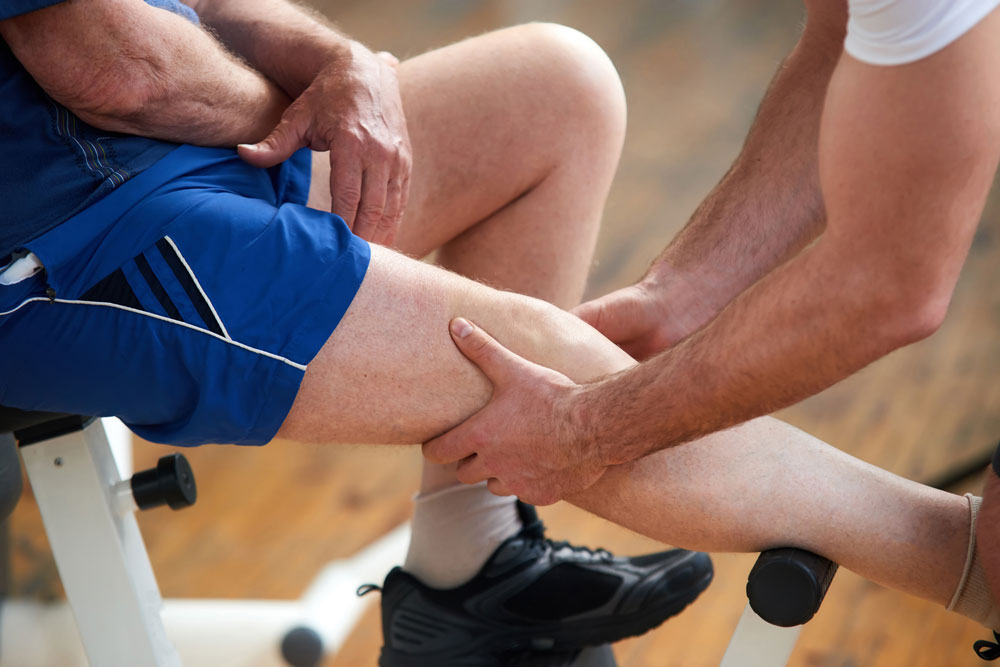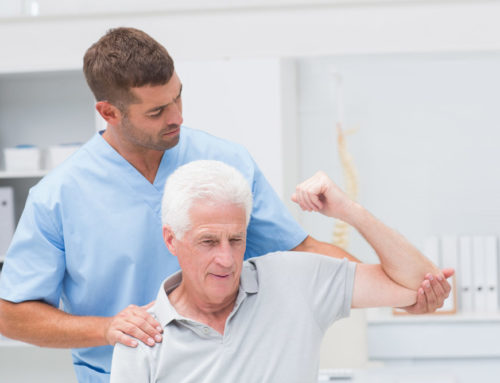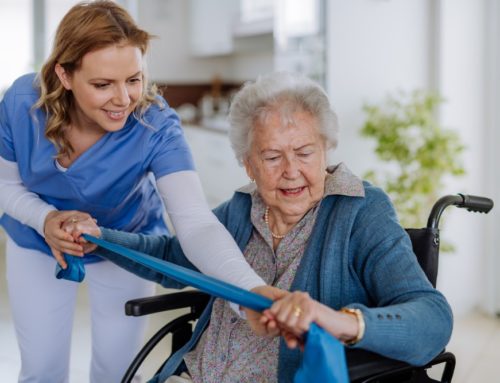Like other injuries, broken bones require the proper treatment to ensure a speedy recovery. Though doctors recommend plenty of rest, physical activity is a vital component. If left untreated, fractures may take months or years to heal and, in some cases, never fully heal. Luckily, a few methods are available to stimulate a non-healing fracture.
To prevent further damage to fractured or broken bones, professional medical assistance and rehab therapies are crucial. Rehab includes physical and occupational therapy, featuring exercises for strengthening muscles without moving the affected area or joint. Trained therapists educate individuals to avoid pushing through the pain and swelling and may recommend electrical and ultrasound stimulation.
We’ll discuss this and other 3 ways to reduce fracture healing time below.

Stimulate A Non-healing Fracture
Bone healing requires stability to prevent movement during healing and blood flow to supply the injured area with essential components. Though a cast or brace can help with the first requirement, a few measures may be needed for the latter essentials. The following covers those 3 powerful methods to improve healing.
1. Mineral and vitamin supplements
Adequate nutrition is vital for bones to produce healthy new cells to heal fractures. Most of these nutrients, including calcium, vitamin C, vitamin D, and protein, are available in food. Unfortunately, not everyone chooses the healthiest options, resulting in deficiencies.
Tests, including blood tests, determine if an individual lacks the required nutrients for proper healing. If so, mineral and vitamin supplements increase the supply and stimulate non-healing fractures for reduced healing time. Your doctor will determine if you require vitamins and minerals either through pills or IV therapy to speed up the healing process.
2. Avoid sweet, sugary food
Refined sugar contains no nutrients and features only empty calories. When consumed, it breaks down, creating fructose and glucose. While fructose moves on to the liver, glucose is used to create the energy fueling the body.
The process of creating energy requires the use of various vitamins and minerals. These are collected from other areas of the body, though they’re mainly procured from bones. The more sugar an individual ingests, the more vital components are wasted on altering and absorbing it into the bloodstream.
Though too much sugar harms a healthy individual, it’s much more damaging to fractured bones. Those nutrients and minerals are essential for creating new tissue to repair injuries, so deficiencies prevent such tissue production. To stimulate a non-healing fracture into proper bone maintenance, avoid sugary foods whenever possible.
3. Electrical and ultrasound stimulation therapy
To perform electrical bone stimulation therapy, small electrodes are placed on the skin near the fractured area. Low electrical currents are sent through the electrodes, stimulating the injury. The body then sends proteins to repair the damage, healing the fracture faster.
A more effective method to stimulate a non-healing fracture is ultrasound stimulation therapy. For this process, a gel is applied to the skin before sending high-frequency sound waves to the fractured bone. Doing so stimulates protein and calcium in the bone, promoting tissue production and reducing recovery time.
Resources:
https://orthoinfo.aaos.org/en/diseases–conditions/nonunions/
https://nyulangone.org/conditions/nonhealing-fractures/treatments/nonsurgical-treatment-for-nonhealing-fractures#:~:text=Electronic%20and%20Ultrasonic%20Bone%20Stimulation,NYU%20Langone’s%20Bone%20Healing%20Center
https://www.healthandscience.eu/us/archive-us/article-archive/1275-sugar-weakens-your-bones-and-increases-the-risk-of-fractures-in-the-young-and-elderly-us
https://www.ncbi.nlm.nih.gov/pmc/articles/PMC2762251/
This content comprises informative and educational resources only and can not be considered as a substitute for professional health or medical guidance. Reliance on any information provided in this article is solely at your own risk. If you have any inquiries or apprehensions about your medical condition or health goals, talk with a licensed physician or healthcare provider.






Leave A Comment